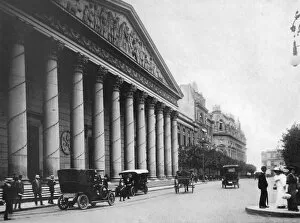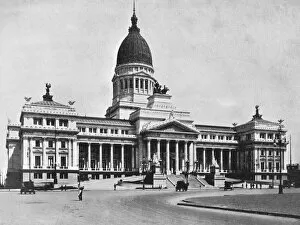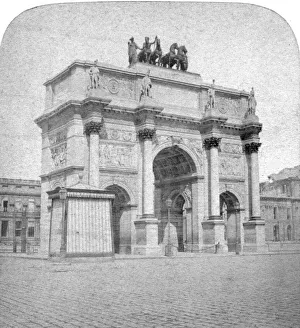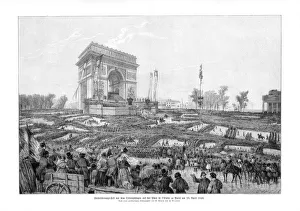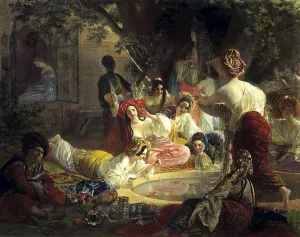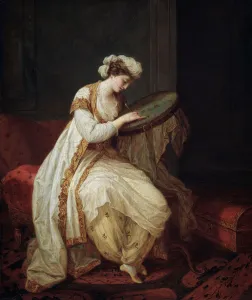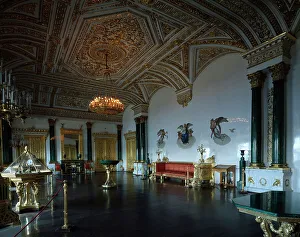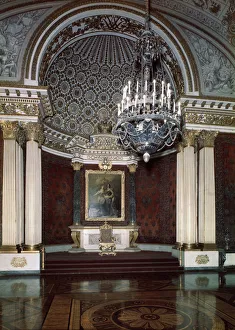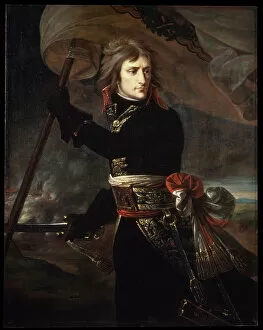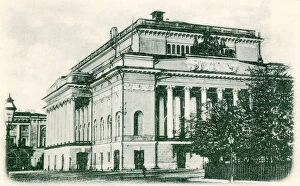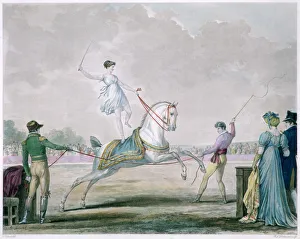Neo Classicism Collection (#39)
"Neo Classicism: A Journey through Time and Elegance" Step into the world of Neo Classicism, where art, architecture
All Professionally Made to Order for Quick Shipping
"Neo Classicism: A Journey through Time and Elegance" Step into the world of Neo Classicism, where art, architecture, and history intertwine to create a timeless aesthetic. From the grandeur of Marylebone Town Hall to the iconic portrayal of Napoleon Crossing the Grand Saint-Bernard Pass, this artistic movement captivates with its refined beauty. In Antonio Canova's masterpiece "The Graces and Venus, " we witness the sculptor's mastery in capturing divine grace and sensuality. Meanwhile, Eclipse, a magnificent dark chestnut racehorse held by a groom with a jockey atop, symbolizes power and strength in motion. Upton House stands as an architectural gem from the mid-19th century, showcasing intricate details that epitomize Neo Classicism's attention to symmetry and proportion. Queen Mary's Chinese Chippendale Room at Buckingham Palace transports us to another era with its opulent furnishings and exquisite craftsmanship. As we stroll through Trafalgar Square in London during 1910, The National Gallery and St Martin in the Fields greet us with their neoclassical facades. Across continents lies The Red House in Port of Spain, Trinidad - an early 20th-century government building exuding elegance amidst tropical surroundings. Randolph Rogers' sculpture "The Lost Pleiade" evokes emotions as it immortalizes Greek mythology within marble. Pilgrims beside Classical Buildings takes us back to c. 1710 when artists sought inspiration from ancient ruins for their creations. Lauderdale House offers a glimpse into 1820s England; its charming exterior reflects Neo Classicism's influence on domestic architecture during that time. And finally, stepping inside Rome's Pantheon reveals an awe-inspiring interior captured on canvas around 1734 - a testament to human ingenuity throughout centuries. Neo Classicism transcends mere trends; it is an enduring homage to classical antiquity fused with contemporary vision.



